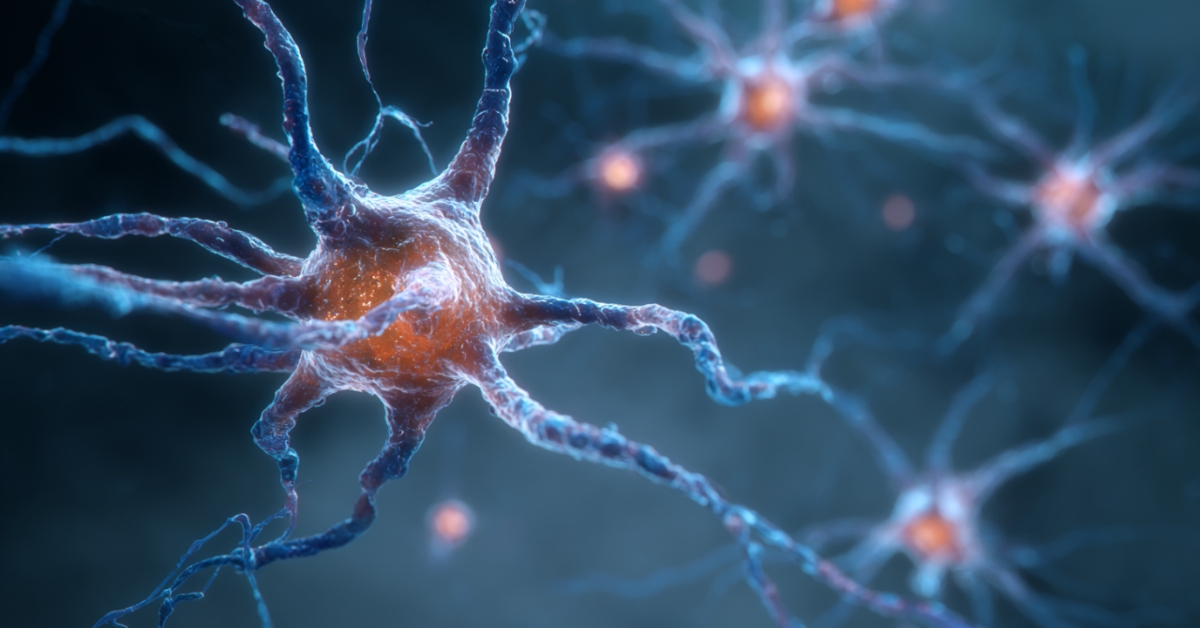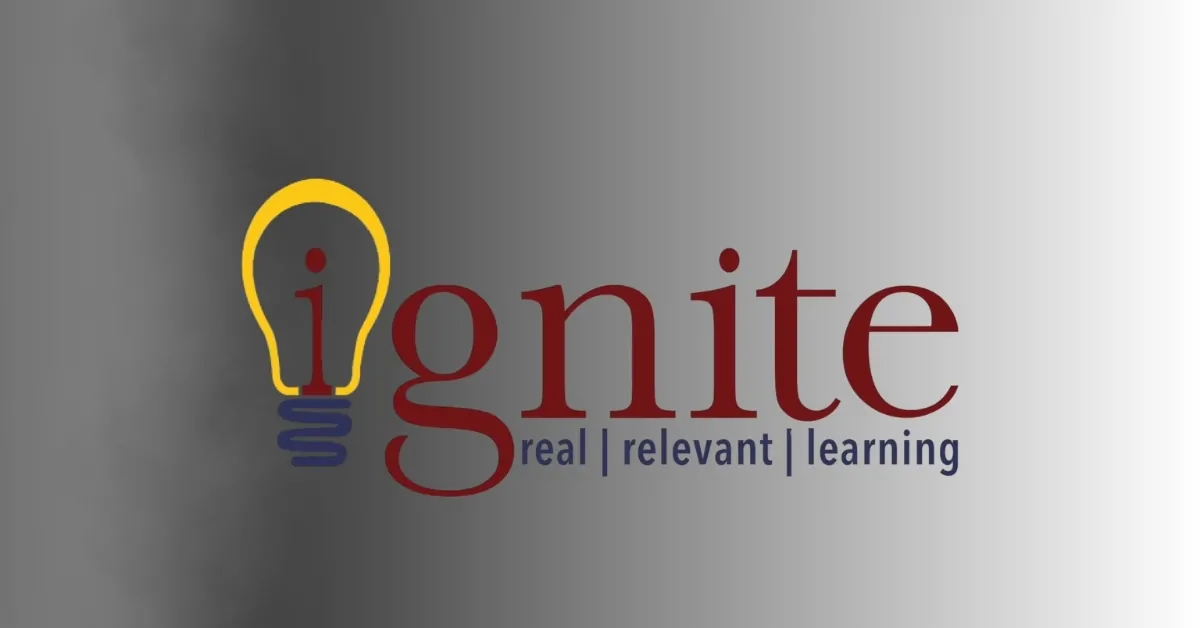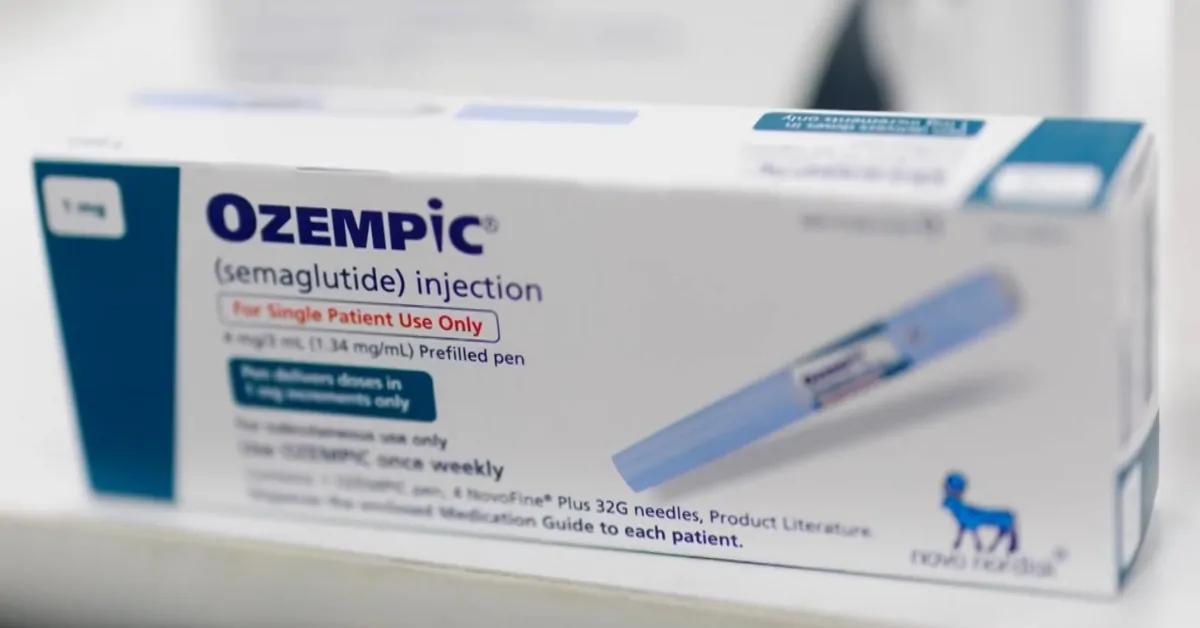Impulse control disorders don’t always get the spotlight, but they should. Think about someone who keeps pulling out their hair, or another who compulsively shoplifts, even when they don’t need anything. These aren’t just “bad habits” or quirks.
They’re serious mental health conditions that can turn a person’s world upside down.
We’re talking broken relationships, drained bank accounts, criminal charges, intense shame — and, too often, silence.
So, how are US healthcare systems responding?
The short answer is: slowly, unevenly, but with some meaningful momentum.
A growing number of providers, especially those working in mental health, neurology, and even primary care, are starting to recognize impulse control disorders (ICDs) for what they are, legitimate psychiatric illnesses that deserve the same kind of attention and care as depression or anxiety. Still, there’s a long way to go.
Table of Contents
ToggleWhat Counts as an Impulse Control Disorder?

Let’s start with what we’re talking about. ICDs are conditions where a person struggles, often intensely, to resist urges that feel irresistible but are usually harmful.
Commonly recognized ICDs include:
- Pathological Gambling – Now often labeled as “gambling disorder,” and considered an addiction.
- Kleptomania – Compulsive stealing, usually of items with no real value or need.
- Trichotillomania – Repeated hair-pulling that can cause noticeable hair loss.
- Intermittent Explosive Disorder (IED) – Outbursts of aggression that are way out of proportion to the situation.
- Pyromania – Deliberate fire-setting, not for money or revenge, but for emotional relief or gratification.
There are also behaviors like compulsive sexual activity, compulsive buying, and skin-picking, which aren’t always officially listed in diagnostic manuals, but are increasingly acknowledged in clinical circles.
Each of these conditions tends to involve:
Why So Many Cases Slip Through the Cracks
One of the biggest hurdles? Many doctors aren’t trained to recognize ICDs. They’re not usually the focus of med school lectures, and unless a provider has a psych background or specialty training, they might not even know to ask about them.
Patients, on the other hand, often keep their symptoms hidden. Shame and stigma play a massive role. Hair-pulling gets blamed on stress. Explosive anger? Just a “short temper.” Stealing? An “impulse” is not a mental health red flag.
That silence leads to a disturbing stat: only a small fraction of people with ICDs ever get diagnosed, let alone treated.
What’s Changing? A Look at Real-World Shifts
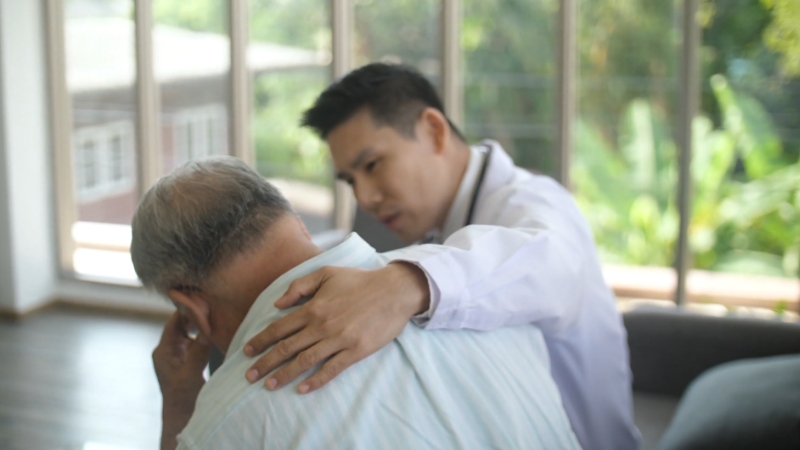
1. Electronic Health Records Are Helping… When Used Well
Some hospitals and clinics are embedding ICD screening questions into their electronic health record systems. This means doctors are prompted to ask about compulsive behaviors during regular visits, especially for patients already at higher risk (like those on dopamine agonists for Parkinson’s).
One study from a movement disorder clinic showed that adding a short education session for doctors and a simple documentation tool resulted in a noticeable bump in how often impulse control issues were flagged, according to NCBI. That change happened even during the chaos of the COVID-era telehealth.
Was every patient suddenly diagnosed and treated? No. But the bump in awareness is a solid start.
2. Psychiatric Clinics Are Getting More Specific
Some mental health providers now include ICD-specific screens in intake questionnaires. That means asking not just about depression or trauma, but also whether someone:
- Feels driven to pull out their hair.
- Can’t stop gambling, even when it’s wrecking their life.
- Gets into uncontrollable rages.
For people who’ve never had the language for what they’re going through, just being asked the right question can be a game-changer.
What Does Treatment Look Like?
Let’s get into the specifics. While ICD treatment is still under-researched compared to other mental health conditions, we do have some data, especially from double-blind, placebo-controlled studies.
Here’s a rundown of pharmacological options, based on published clinical trials:
Medication Outcomes for Impulse Control Disorders
Disorder
Medication
Category
Outcome
Pathological Gambling
Naltrexone
Opioid Antagonist
Effective in multiple studies
Pathological Gambling
SSRIs (Fluvoxamine, Paroxetine)
Antidepressants
Mixed results — some age/gender-specific benefits
Trichotillomania
Clomipramine
Tricyclic Antidepressant
Consistently positive outcomes
Trichotillomania
Fluoxetine
SSRI
Inconsistent results across trials
Kleptomania
Naltrexone
Opioid Antagonist
Significant reduction in stealing behavior
Intermittent Explosive Disorder
Fluoxetine, Depakote
SSRI, Mood Stabilizer
Both showed measurable improvements
Compulsive Buying
Citalopram, Fluvoxamine
SSRIs
Mixed — some relapse prevention in open-label groups
Compulsive Sexual Behavior
Citalopram
SSRI
Reduced urges and behaviors, but the placebo effect is also strong
Pathological Skin Picking
NAC, Fluoxetine
Glutamatergic Agent, SSRI
NAC promising, fluoxetine mixed
Not every drug works for everyone, and side effects can limit long-term use. But the fact that many of these behaviors respond to the same medications used for substance addiction or OCD is telling — these aren’t moral failures; they’re brain-based conditions.
SSRIs (the typical go-to antidepressants) seem to help some people, but not across the board. What’s more promising in certain cases are opioid antagonists like naltrexone, especially for gambling and stealing behaviors, according to WebMD. It’s believed they blunt the brain’s reward response, so the compulsive act just doesn’t feel as satisfying.
There’s also interest in N-acetyl cysteine (NAC), a supplement that affects glutamate in the brain, and mood stabilizers for IED. But again, not every study finds clear benefits, and side effects can be a real issue for some.
Therapy: Often More Effective — If You Can Access It
Cognitive Behavioral Therapy (CBT), particularly in its habit-reversal and exposure-focused forms, is currently the best-supported treatment for most ICDs, as noted by PubMed. But let’s be real — even knowing that doesn’t make it easy to get help.
Barriers include:
- Insurance gaps (especially for longer-term or specialty care).
- Provider shortages, particularly outside major cities.
- Stigma — both societal and internalized.
And that’s without getting into cultural differences, gendered stigma (for example, women with compulsive sexual behavior often feel especially ashamed), and the unique pressures facing trans and nonbinary patients, who already experience higher rates of trauma and healthcare discrimination.
Real Steps US Healthcare Systems Are Taking

So what’s happening on the ground to address these gaps? More than before — though still not enough. Here’s where systems are starting to move the needle:
1. Targeted Screening in High-Risk Populations
Movement disorder clinics, especially those treating Parkinson’s disease, are now screening more routinely for ICDs, particularly because certain meds (like dopamine agonists) are known triggers.
2. Integrated Care Models
Behavioral health integration — where psychologists or psychiatrists are embedded in primary care- is helping spot ICDs earlier. A patient might show up for a diabetes check and end up getting a referral for hair-pulling they’ve hidden for years.
3. Training for Frontline Providers
Some hospitals and training programs are adding modules on ICDs for residents, nurses, and even social workers. The more familiar clinicians are with ICD symptoms, the more likely they are to recognize and treat them.
4. Telehealth Therapy Access
Since the pandemic, more people can access specialized therapy through video sessions. Programs focused on OCD and related disorders often accept patients with ICDs, even those in rural areas who wouldn’t have had access before.
When ICDs Show Up in Parkinson’s Treatment
Up to 40% of people who take dopamine-replacing drugs for their PD experience impulse control disorders (ICDs). ICDs can present themselves in many ways, including gambling addictions or excessive eating. (1/2)
— Parkinson’s Foundation (@ParkinsonDotOrg) October 14, 2024
This is an especially critical area. Certain Parkinson’s meds — particularly dopamine agonists like pramipexole or ropinirole — can trigger ICDs in up to 14% of patients, according to JAMA.
In one quality improvement study, screening rates improved dramatically after doctors were given:
- A one-hour education module on ICD symptoms and risk factors.
- A simple tool in the electronic health record to log whether ICDs were discussed.
Parkinson’s Patients in ICD Screening Study
Group
# of Patients
Dopamine Agonist Use
ICD Query Rate
ICD Diagnoses
Pre-intervention
109
14.7%
28.8%
14.2%
Post-intervention
276
7.6%
54.8%
8.1%
Even though dopamine agonist use decreased, ICD query rates went up, suggesting that education and documentation tools made the real difference.
When Everyday Activities Become Risky — Gambling, Shopping, and More
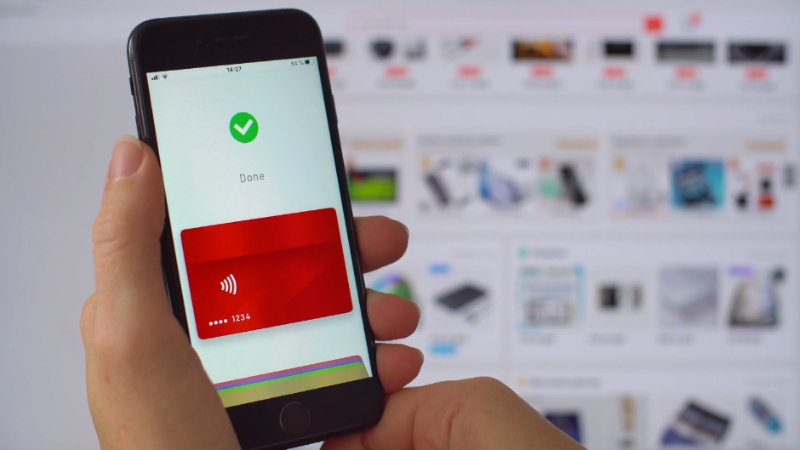
Not every impulse control issue looks extreme from the outside. Sometimes, it starts as something seemingly ordinary, a little online shopping to ease a stressful day, or placing a friendly bet during a big sports event.
But for people with impulse control vulnerabilities, those “normal” behaviors can escalate quickly.
Take gambling, for example. For many people, gambling is simply a fun pastime—whether it’s a trip to the casino, joining a fantasy football league, or placing a bet on horse races through platforms like TwinSpires.com. In moderation, these activities can be social, exciting, and perfectly healthy.
But when the urge to bet becomes persistent, even compulsive, when someone feels the need to chase losses, gamble in secret, or use betting as a way to escape, it can signal something deeper. That’s when gambling moves from entertainment into disorder territory.
The same goes for other everyday behaviors:
- Shopping that leads to hidden credit card bills or feelings of shame.
- Eating that swings between restriction and loss of control.
- Sexual behavior that’s risky, disruptive, or emotionally distressing.
Many of these behaviors share the same brain pathways, specifically those linked to dopamine and reward. And they’re more likely to spin out of control for individuals with trauma histories, certain medication regimens (like dopamine agonists), or co-occurring mental health conditions.
What matters most isn’t whether someone bets, shops, or browses adult content — it’s the relationship they have with those behaviors.
And increasingly, US healthcare systems are learning to ask the right questions to uncover that relationship early, before things spiral.
A Few Practical Tips If You’re Struggling (or Know Someone Who Is)
- Ask your doctor directly: Most clinicians won’t bring up ICDs unless you do. Try saying something like, “I’m struggling with urges I can’t control — can we talk about it?”
- Look for therapists trained in OCD or behavioral addictions: Even if they don’t list ICDs, many use similar tools and techniques.
- Check out group therapy: Peer support programs for trichotillomania or compulsive gambling can be easier to access than one-on-one care.
- Consider medication — but don’t expect miracles: Meds like naltrexone or SSRIs may help in combination with therapy, not as a silver bullet.
The Bottom Line

Impulse control disorders are real, they’re painful, and they’re more common than most people think. Healthcare systems in the US are starting to catch up, with better screening, more targeted research, and integrated care models that take ICDs seriously.
But we’re still a long way from where we need to be. More education, more access to therapy, and better funding for ICD-specific research could change thousands of lives.
And if you’re someone dealing with one of these conditions, or trying to help someone who is — know this: treatment is possible.
Related Posts:
- 10 Real Examples of What Triggers Impulse Buying And…
- 8 Eye-Opening Statistics on Mental Health Disorders…
- The Quality of Healthcare in The US Has Hit a…
- Global Healthcare Simulation Market Projected to Hit…
- The Hidden Costs of Healthcare – How to Protect…
- 10 Latest Breakthroughs in Medical & Test Equipment…






